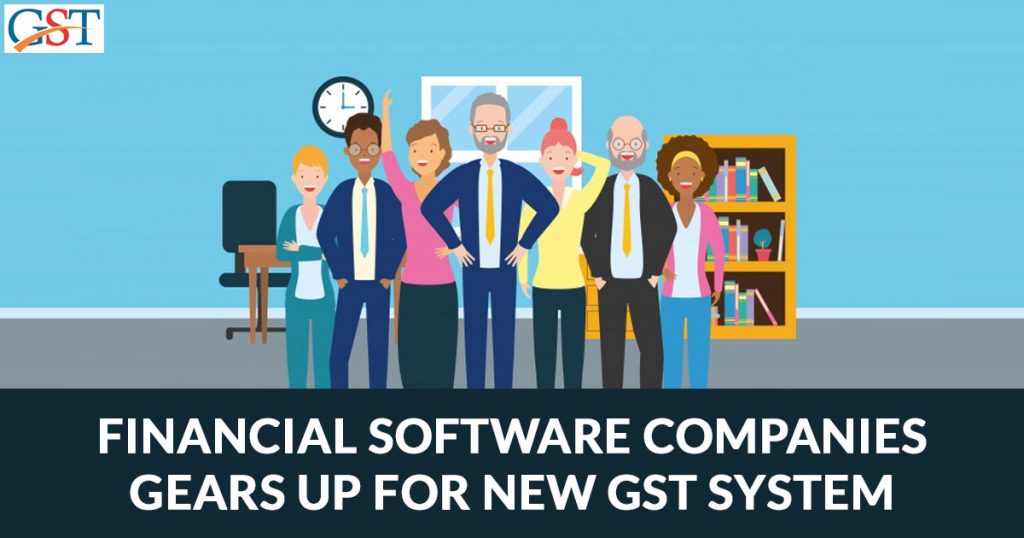
Financial software providers are busy improvising their systems to click with the new GST protocols (GST 2.0) which are said to rule the nation from April 2020. Business firms operating in India need amendments in the system which support the new GST format, reconcile GST data filed by suppliers with those of buyers’ books and e-invoicing mandate.
Whether we talk about startups or leading financial software manufacturers all have invested on a larger scale for the cause of incorporating required changes in the new GST computation systems which will reduce a load of companies through easy reconciliation of supplier and buyer books for better input credit management, auto-populating details such as purchases from unregistered dealers, bill of entry-wise import details and capturing HSN codes at invoice levels.
What experts have to say…
The company till now has invested $10 million on improvising the system which will contain features aligning to the GST 2.0 which has consumed more investments than GST 1.0 launched back in 2017, stats given by a tax expert.
“We are continuously working on updating the Gen GST software according to the new compliance norms and government requirements. We acknowledge the new return filing and forms, and the same will reflect in our upgraded software,” says Amit Gupta, Founder and MD, SAG Infotech.
He further claimed that the company is going the extra mile in supporting the smoother GST compliance along with enhancing the input tax credit mechanism which is workable from the past one year.
Another statement by Shubham Agarwal co-founder and CTO, Vyapar, a mobile-based financial management tool for small businesses declares that they will build in a separate department of GST and technical experts to progress the development of systems as per GST 2.0 and further extend consumer support for their clients to make proper transitions. He further added to his statement that Vyapar’s 70% of clients come under the ambit of GST.
For now, there is no policy for buyers to reconcile the purchases from suppliers invoices on a regular basis but this is confirmed to be a protocol in the new GST system which is supposed to be released on April 2020.
One of the leading financial software makers Tally says, there are two big changes in the system one gives ease to the customer to do invoice reconciliation while the other is to facilitate easy reporting in a new format. Further, they said, the first one is a challenge for the company for which they are investing in their equipment, techniques and human capabilities.
Considering this a small deal, Prashant Ganti, head of product – global tax, accounting and accounting and payroll, Zoho said that financial software needs some amendments which count as small feature developments for Zoho. Adding to this he said “Our software already provides the new format returns in a transition phase and we are also working to support e-invoicing requirements mandated for companies on a voluntary basis,”
Financial Software providers are gearing up to welcome GST 2.0 and the preparation is on the edge. By the time of implementation, the systems would already contain features complying with the protocols of the new return system.









